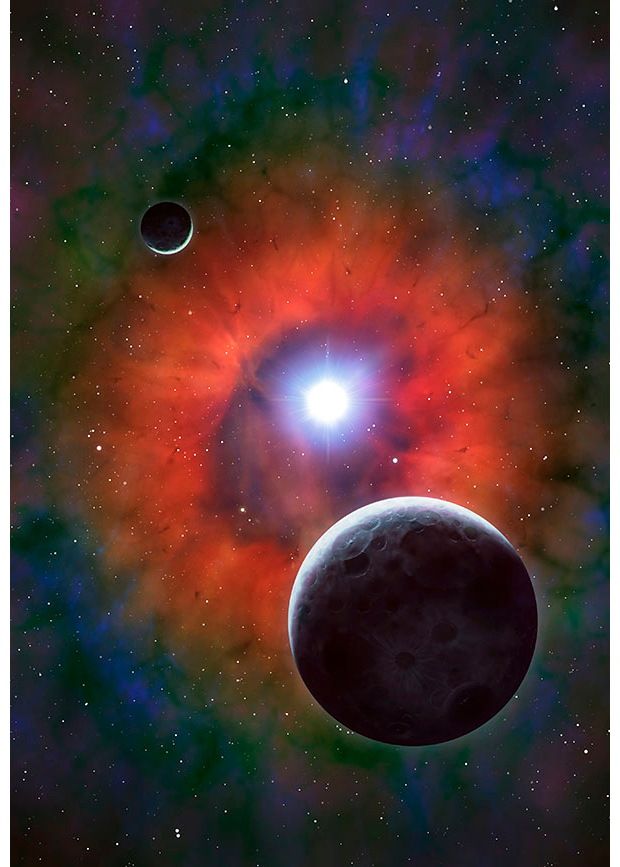Element Essential for Life Found in Supernova Remains

Phosphorous — one of the essential elements for life — has been discovered in the cosmic leftovers from a star explosion for the first time, scientists say.
The finding is one of two discoveries of elements in deep space that may give scientists clues to how life is possible in the universe, researchers said. The second discovery by a second team of scientists found traces of argon gas in a distant nebula.
Life as we know it depends on a combination of many elements, principally carbon, nitrogen, oxygen, sulphur and phosphorous. While scientists have found ample abundance of the first four elements in other star explosions, new observations of the supernova remnant Cassiopeia A revealed the first evidence of phosphorus. [Amazing Photos of Supernova Explosions]
"These five elements are essential to life and can only be created in massive stars," said Dae-Sik Moon, a University of Toronto astronomer, in a statement.
Moon is a co-author in the study that found phosphorus in Cassiopeia A. The research, led by Seoul National University astronomy Bon-Chul Koo, is detailed in the Dec. 12 edition of the journal Science along with the separate argon gas study.
"They are scattered throughout our galaxy when the star explodes, and they become part of other stars, planets and ultimately, humans," Moon added.
Scientists estimate that the Cassiopeia A supernova remnant exploded 300 years ago. The new observations of the object were made with a spectrograph mounted on a 5-meter telescope at Palomar Observatory at the California Institute of Technology.
Sign up for the Live Science daily newsletter now
Get the world’s most fascinating discoveries delivered straight to your inbox.

An eye for argon hydride
In the second study in Science today, scientists revealed the first discovery of molecules of a noble gas — a gas that is not very reactive — in space using the European Space Agency's Herschel Space Observatory.
Astronomers were observing the Crab Nebula in infrared light when they discovered the "chemical fingerprint" of argon hydride ions. The Crab Nebula is the cosmic leftovers of a supernova explosion first described by Chinese astronomers in the year 1054.
When certain kinds of massive stars run out of fuel to burn, they explode into supernovas. The star's destruction typically leaves behind a nebula of slowly dissipating gas as well as a star remnant, also called a neutron star.
In the Crab Nebula, the ions probably came to be due to its neutron star sending out energy that energized argon in the nebula. The argon then connected with hydrogen molecules to form the argon hydride ions, scientists said.
"Discovering argon hydride ions here was unexpected because you don't expect an atom like argon, a noble gas, to form molecules, and you wouldn't expect to find them in the harsh environment of a supernova remnant," stated Mike Barlow, an astronomer at University College London in the United Kingdom who led the research.
Coincidentally, it was another UCL researcher — William Ramsay — who first discovered the noble gases in the late 19th century, the university noted in a statement.
Follow Elizabeth Howell @howellspace, or SPACE.com @Spacedotcom. We're also on Facebook and Google+. Original article on SPACE.com.

Elizabeth Howell was staff reporter at Space.com between 2022 and 2024 and a regular contributor to Live Science and Space.com between 2012 and 2022. Elizabeth's reporting includes multiple exclusives with the White House, speaking several times with the International Space Station, witnessing five human spaceflight launches on two continents, flying parabolic, working inside a spacesuit, and participating in a simulated Mars mission. Her latest book, "Why Am I Taller?" (ECW Press, 2022) is co-written with astronaut Dave Williams.











